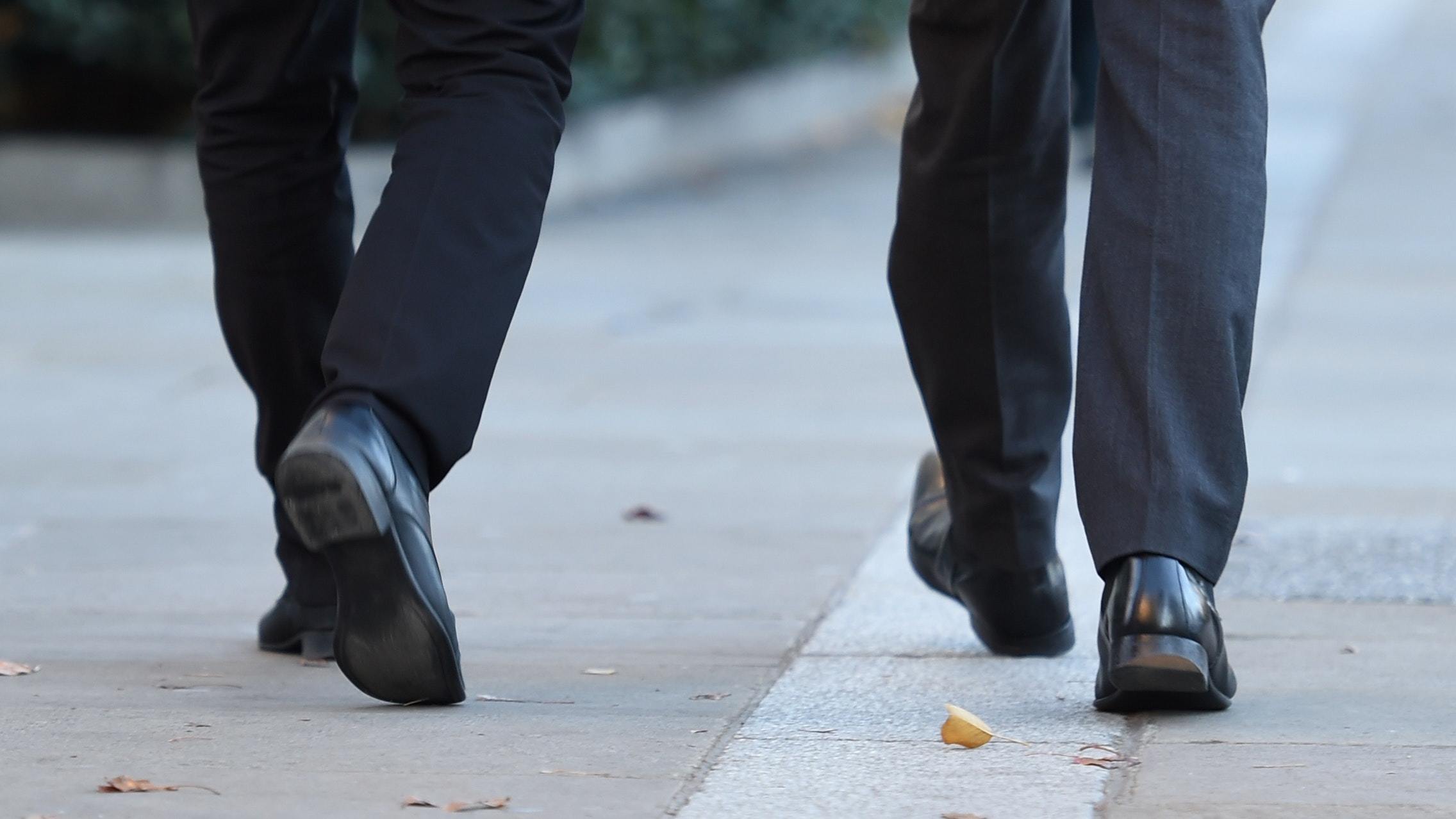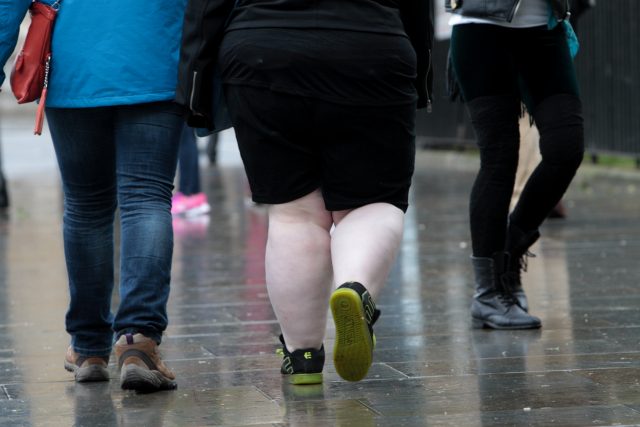
Shocking levels of inactivity among middle-aged people have been exposed in new research which revealed that more than six million English adults do not even manage a brisk 10-minute walk each month.
Public Health England (PHE) said 41% of the 15.3 million English adults aged 40 to 60 walk less than 10 minutes continuously each month at a brisk pace.
Health leaders encouraged people to walk to the shop instead of drive and take up walking on lunch breaks to add “many healthy years” to their lives.

Aiming to do a brisk walk – of at least 3mph – for 10 minutes each day is likely to be seen as “achievable” by people who are chronically inactive, PHE said.
The health benefits of brisk walking for 10 minutes each day include: increased fitness, improved mood, increased leanness and a healthier weight and a 15% reduction in the risk of dying prematurely, PHE said.
Walking requires no skill, facilities or equipment and is more “accessible and acceptable” than other forms of physical activity for most people, according to a PHE report.
Guidance issued by the UK’s four chief medical officers in 2011 instructed the British population on how much exercise they should be participating in each week – they stated that adults should be taking part in at least two and a half hours (150 minutes) of moderate intensity activity every week.
The new PHE report said a quarter of the English population is “inactive” – doing less than 30 minutes of activity per week.
“For some of these individuals 150 minutes may seem an unrealistic aim,” according to the PHE report.
The health body’s One You physical activity campaign is urging people to take up the challenge of building 10 minutes continuous brisk walking into their day.

It has created a free new app – Active 10 – which helps people achieve the goal – which GPs are recommending to their patients to help build up levels of activity.
Dr Jenny Harries, deputy medical director at PHE, said: “I know first hand that juggling the priorities of everyday life often means exercise takes a back seat.
“Walking to the shops instead of driving or going for a brisk 10-minute walk on your lunch break each day can add many healthy years to your life.
“The Active 10 app is a free and easy way to help anyone build more brisk walking into their daily routine.”

Professor Sir Muir Gray, clinical adviser for the Active 10 app and the One You campaign, added: “We all know physical activity is good for your health, but for the first time we’re seeing the effects that easily achievable changes can make.
“By walking just 10 continuous minutes at a brisk pace every day, an individual can reduce their risk of early death by 15%.
“They can also prevent or delay the onset of disability and further reduce their risk of serious health conditions, such as type 2 diabetes, heart disease, dementia and some cancers.”

Enjoy the convenience of having The Sunday Post delivered as a digital ePaper straight to your smartphone, tablet or computer.
Subscribe for only £5.49 a month and enjoy all the benefits of the printed paper as a digital replica.
Subscribe